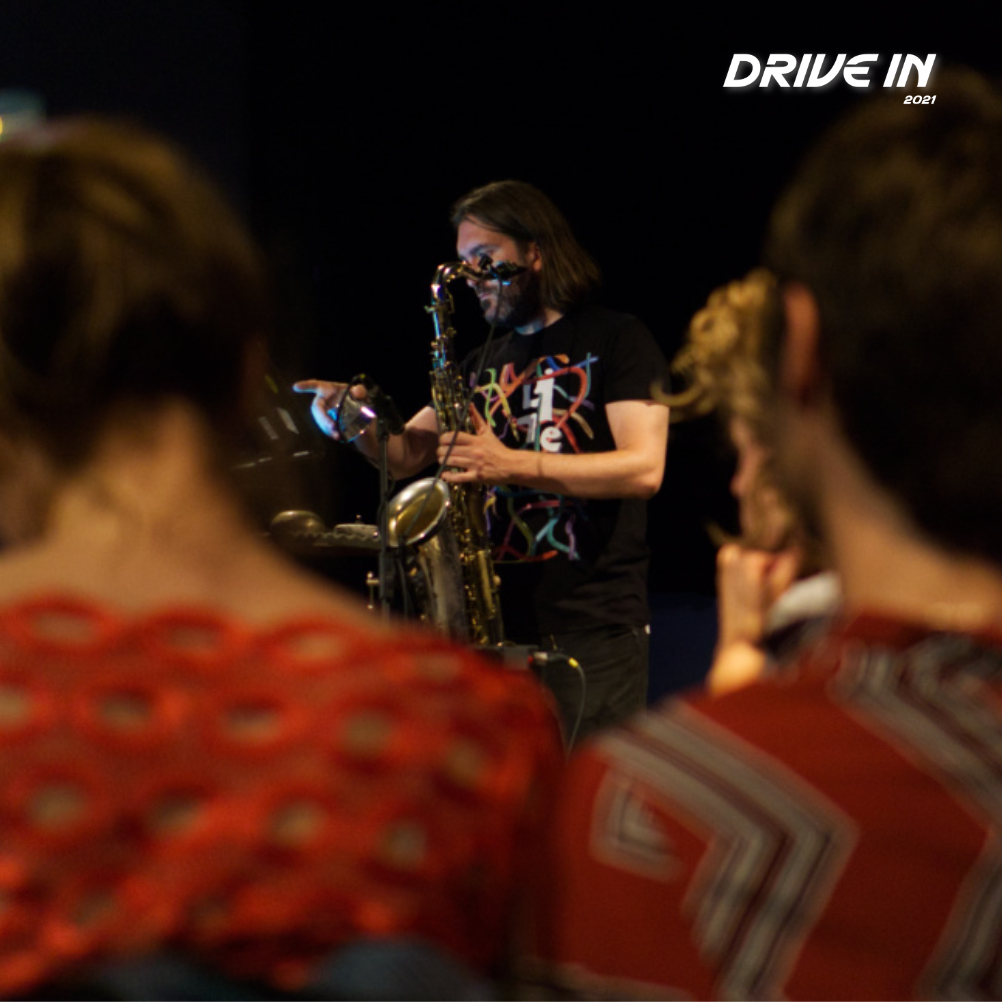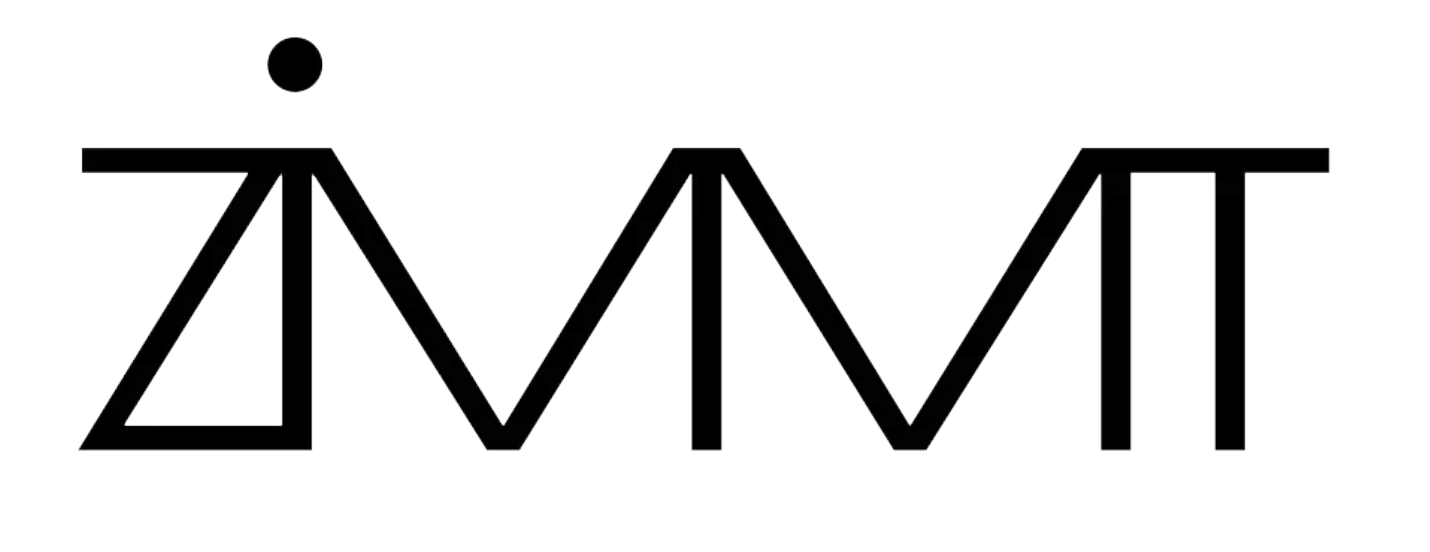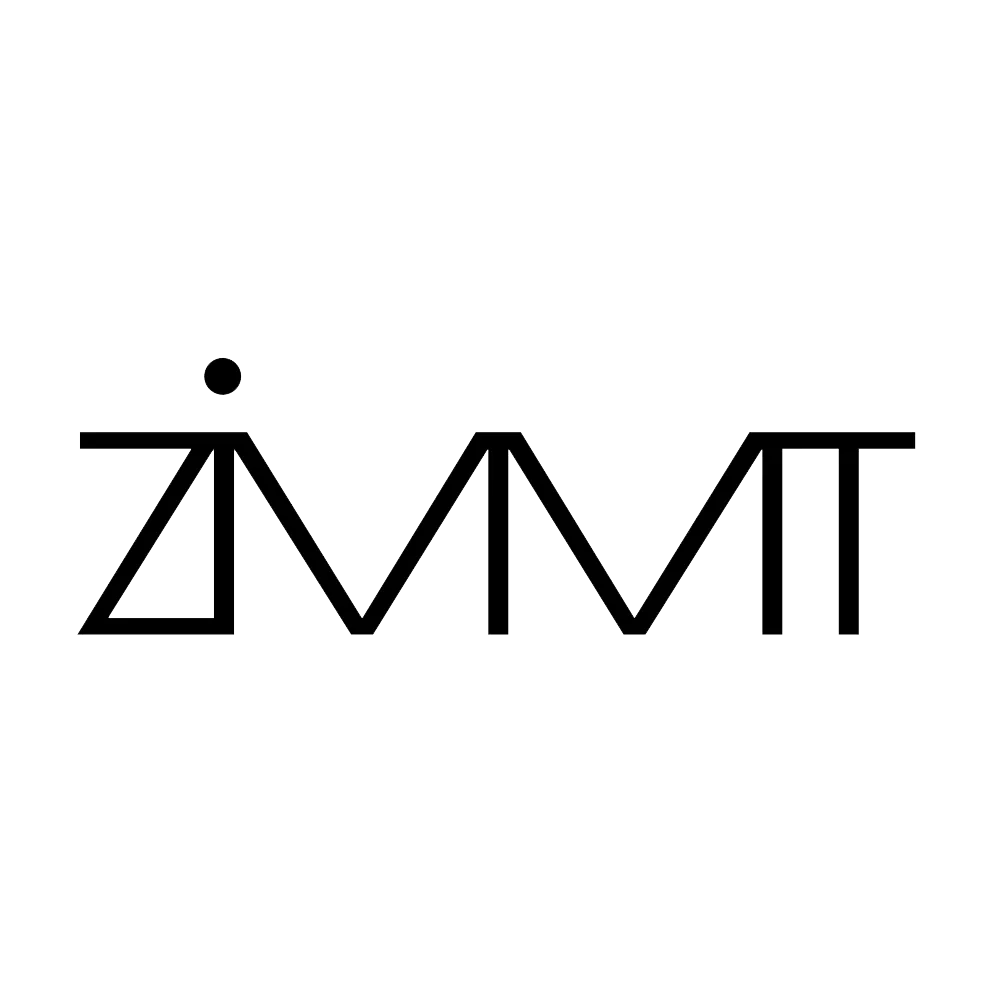
Sebastién Branche • Robertina Šebjanič
3D Audio Concert of the Drive In’21 Series / July 25, 2021
With DRIVE In’21, the Center for Immersive Media Art, Music and Technology (ZiMMT) in Leipzig presents its first concert and sound installation series, establishing a clear focus on 3D audio.
→ zimmt.net/drive-in21
Sebastién Branche
Sebastién Branche presents his new solo project Lignes de niveaux (English: Level Sets).
It is an extension of his tenor saxophone solo work, which this time is transformed into an electroacoustic and immersive experience through the use of the programming language SuperCollider and Ambisonics 3D sound technology. Branche employs his characteristic design elements: long saxophone tones, multiphonics, and breath are multiplied through the use of electronics, sampling, movement, and spatial modulation. The vibrant sound mass surrounds the listeners and invites them to immerse themselves.
The musician and composer Sebastién Branche lives in Leipzig. He describes himself as a “sound crafter” exploring the endless possibilities of the saxophone, expanding it with various objects or the computer. In addition to his artistic work in various projects, he organizes concerts for experimental music and founded the initiative LeipziXP e.V. to bring together the local scene and promote exchange.
Robertina Šebjaničs
Robertina Šebjanič’s immersive audio installation “Stories about the Atlantic” tells the tale of the wandering basking shark Cetorhinus Maximus and the flame scallop Limaria Hians, both marine inhabitants of the North Atlantic.
The story weaves together mythologies and sciences, humans and non-humans, and explores the ability to speak and confront challenges in the age of the Anthropocene. It employs a narrative voice, the Old Irish Sean-nós singing style, and field recordings from above and below the depths of the Atlantic, made during the artist’s residency aboard the RV Celtic Explorer.
Robertina Šebjanič’s work has received international recognition. She regularly engages with biological, chemical, political, and cultural realities of aquatic environments and explores the human impact on other species and the rights of non-human entities. In her analysis of the theoretical framework of the Anthropocene, the artist uses the terms “Aquatozen” and “aquaforming” to refer to human influence on the aquatic environment.
Concept, development, text, sound editing: Robertina Šebjanič
Sean-nós singing: Caitríona Ní Cheannabháin and Róisín Seoighe
Narrative voice: Polona Torkar, recorded by Rok Kovač
Sound mastering: Aleš Hieng Zergon

